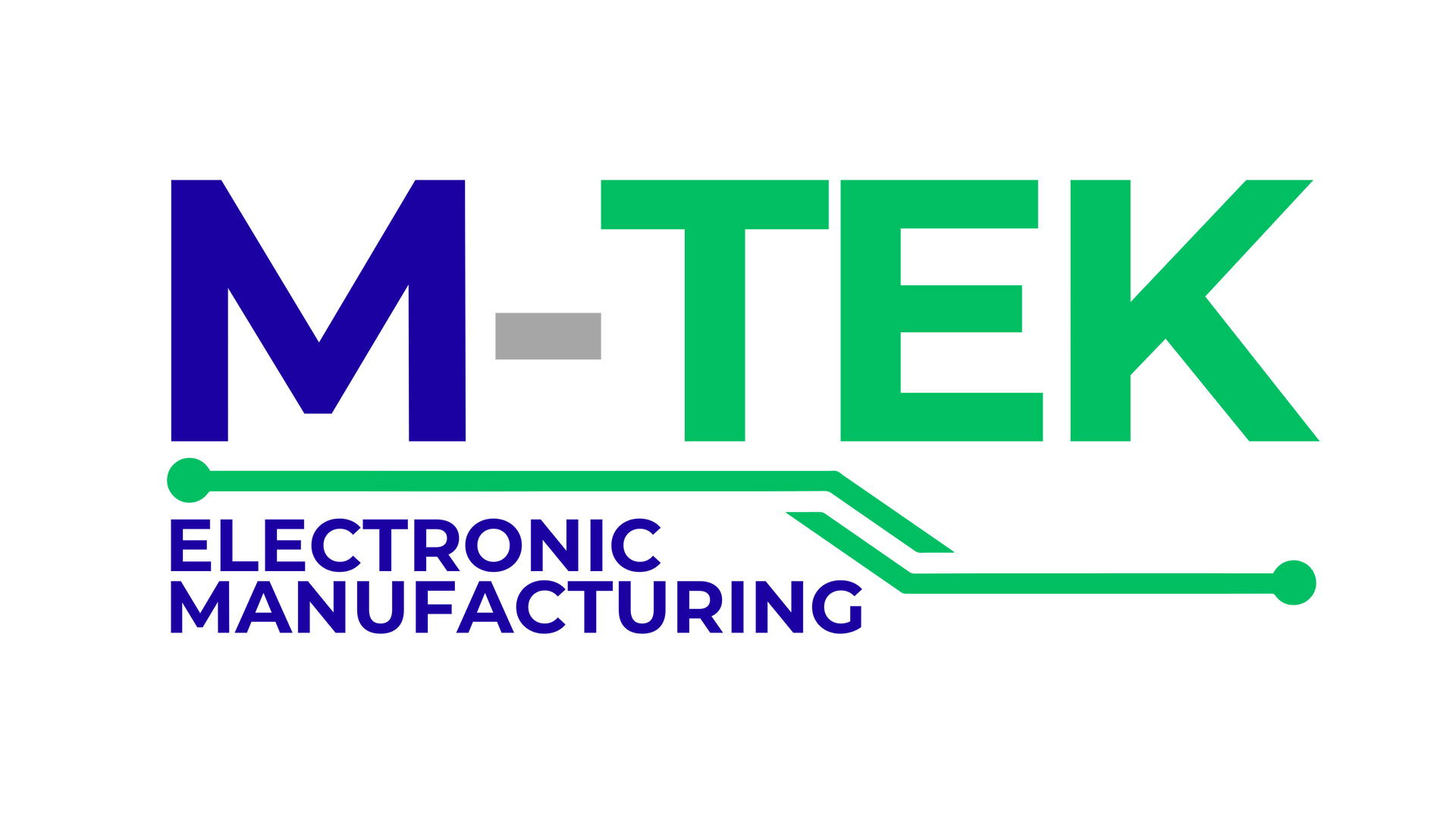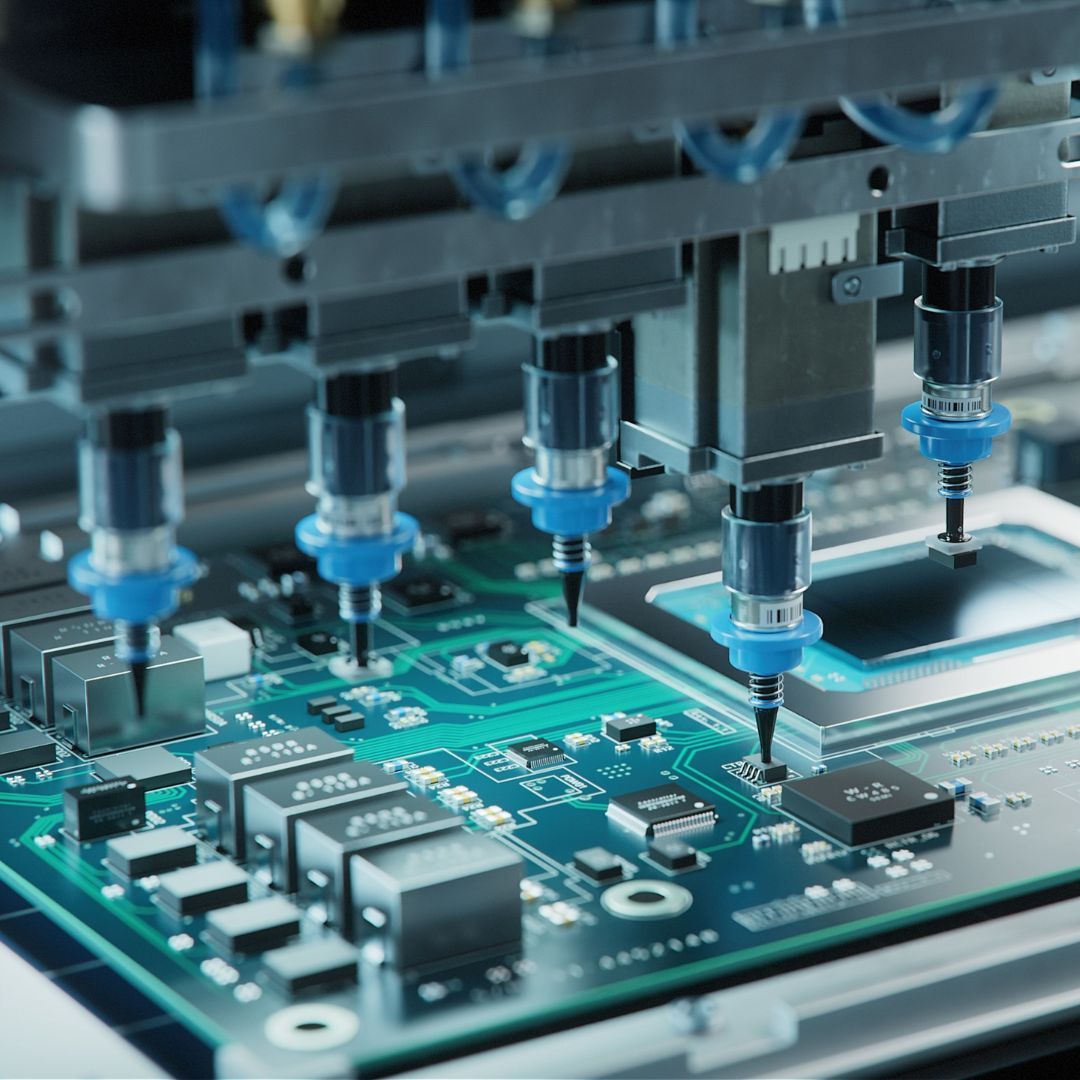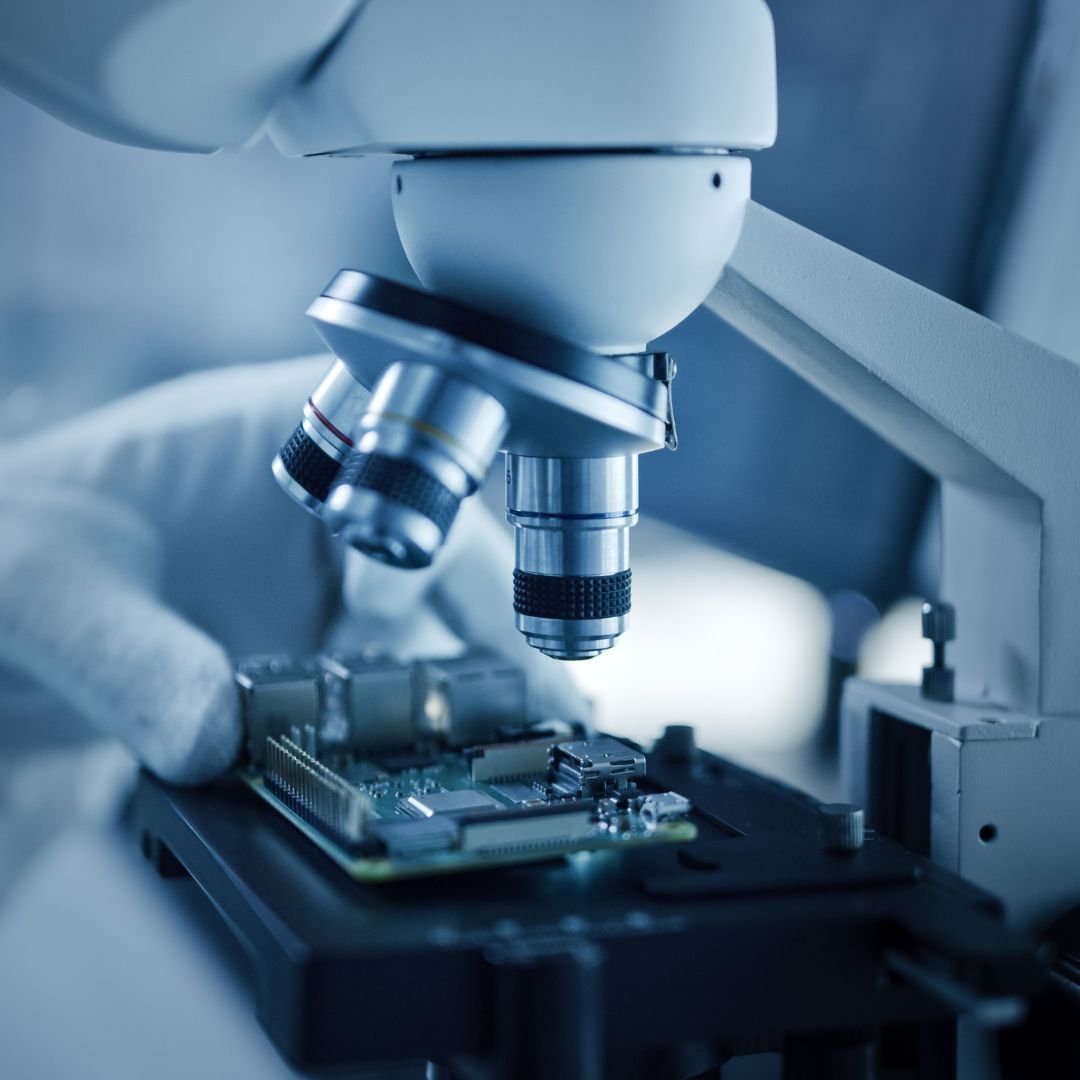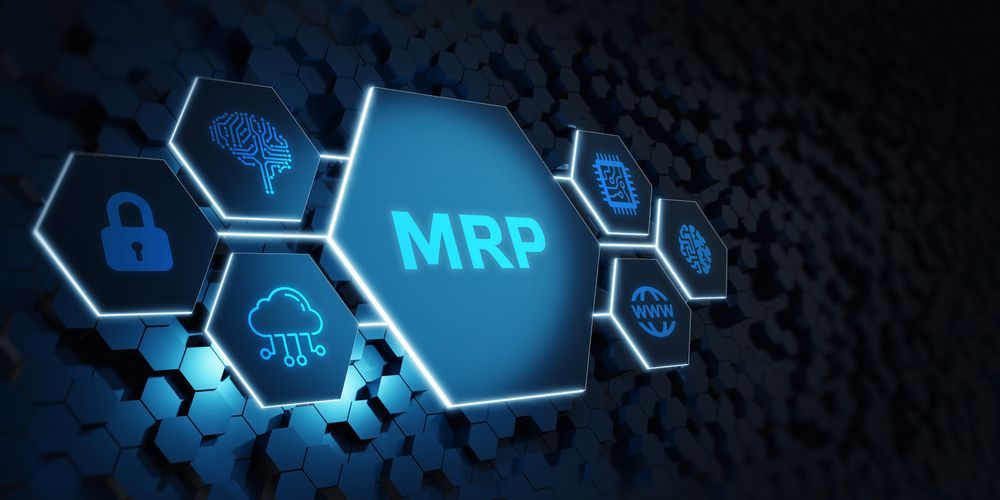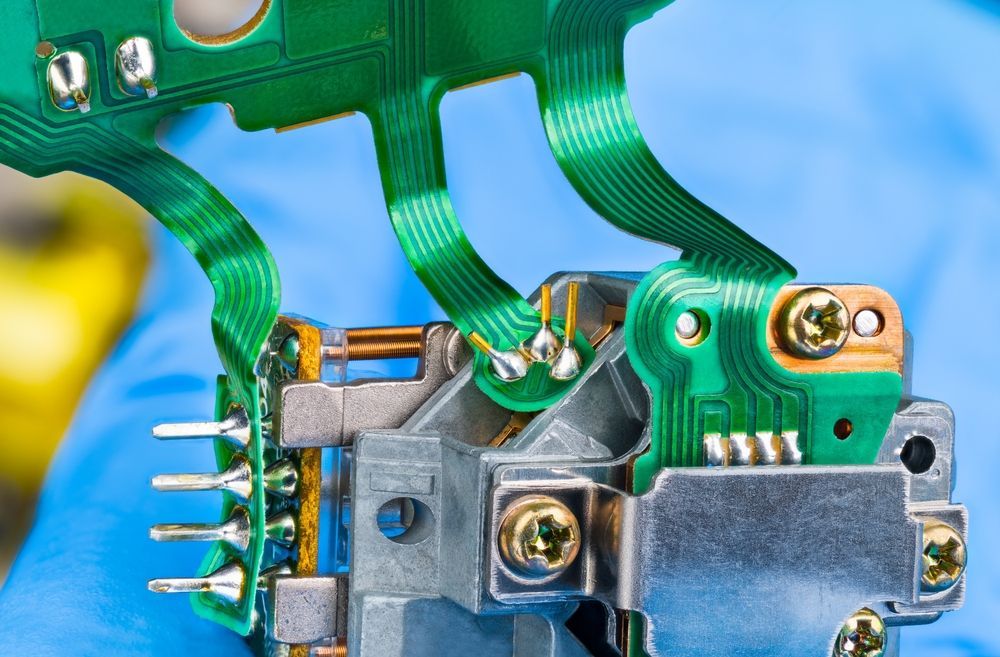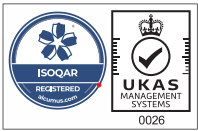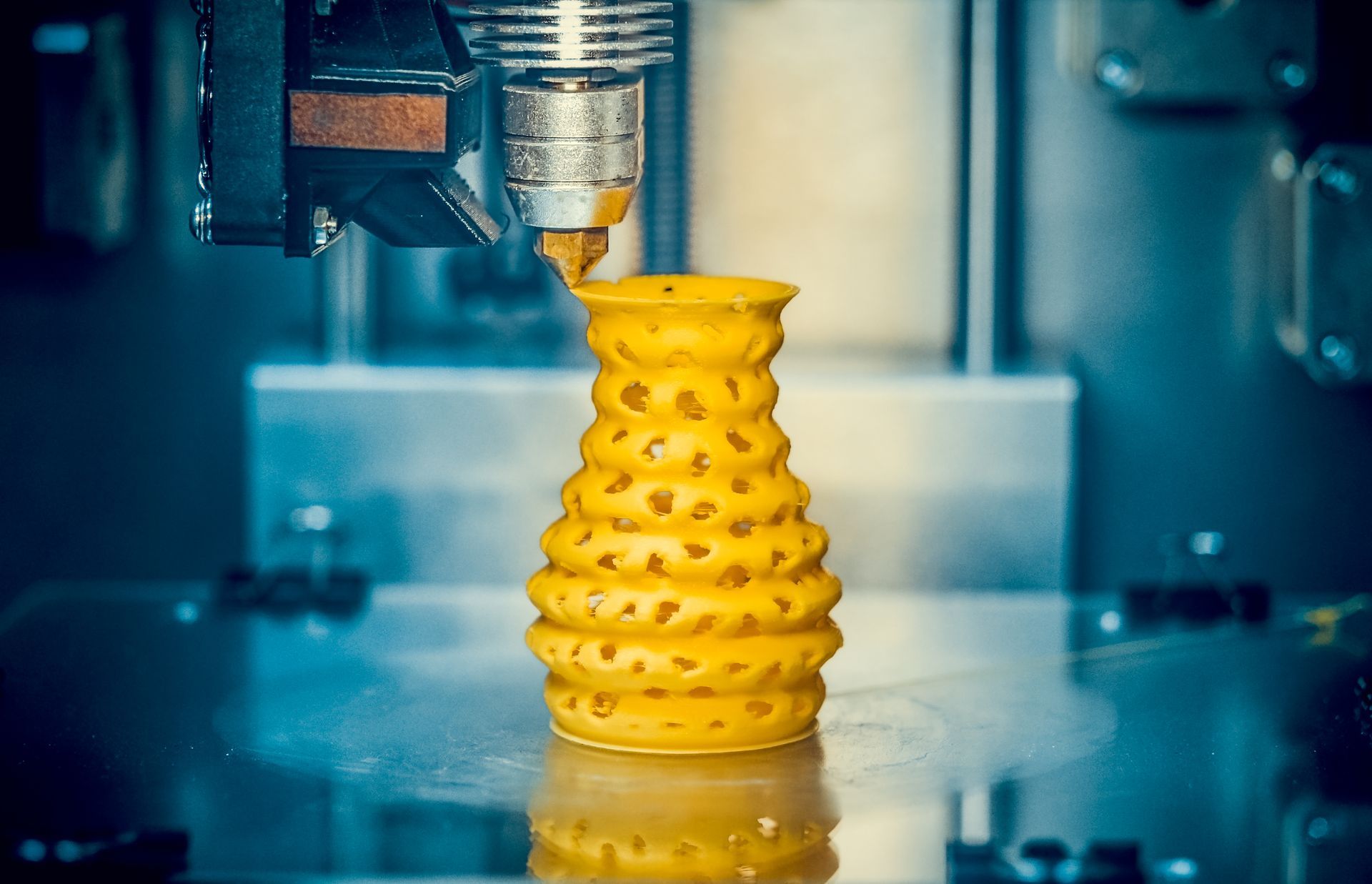
In recent years, 3D printing technology has revolutionised the manufacturing industry. 3D printing has brought a new dimension to product development and design by allowing prototypes to be created quickly, accurately, and at a fraction of the cost of traditional methods. The process of creating a 3D model of a product and then printing it in a tangible form is known as 3D prototyping. This process has become increasingly popular and has become an essential part of the product development cycle.
The Advantages of 3D Prototyping
Here are some of the key advantages of 3D prototyping that make it a valuable tool for product development.
Speed
Prototypes can now be created in a matter of hours or days, as opposed to weeks or months with previous procedures. Because of the short turnaround time, designers and engineers may test and tweak their concepts more quickly, decreasing the overall time and cost of product development.
Flexibility
Traditional manufacturing procedures would make it difficult or impossible to create complex and complicated patterns utilising 3D printing technology. This expands the range of product design possibilities and allows designers and engineers to produce prototypes that closely match the final product.
Cost-effectiveness
The use of 3D printing technologies has significantly decreased the cost of prototyping. The cost of creating a single prototype can be a tenth of the expense of creating prototypes traditionally. This has increased the accessibility of prototyping for small firms and start-ups, allowing them to bring their goods to market more rapidly and efficiently.
Improved Communication
Designers and engineers can now communicate their ideas to stakeholders more easily thanks to 3D printing technology. With a real prototype, stakeholders may better understand the design and provide input, leading to improved designs and a better end product.
The Limitations of 3D Prototyping
As with anything, there are always limitations that can set back a project, here are some of the disadvantages that come with 3D prototyping.
Material Limitations
The materials that can be used in 3D printing remain a limitation. While certain 3D printers may employ a variety of materials, such as plastics, metals, and ceramics, there are still restrictions in terms of the material's strength and durability. This has the potential to limit the types of things that can be created utilising 3D printing technology.
Surface Finish
3D printing technology can generate prototypes with a rough surface finish that can be enhanced using post-processing processes like sanding and polishing. These procedures, however, are time-consuming and may not be practicable for large-scale production.
Cost
While 3D printing has made prototyping more accessible, it can still be costly. The cost of 3D printing equipment, materials, and post-processing can be prohibitively expensive for small firms and start-ups.
Applications of 3D Prototyping
So, now that we have discovered the benefits and the setbacks of 3D prototyping, where can it be applied?
Product Design
3D prototyping is frequently used in product development and design. Designers and engineers can utilise 3D printing technology to make prototypes that are virtually identical to the finished product. This enables them to test and perfect their designs, as well as make adjustments as needed before the product goes into full production.
Architecture
In the architectural sector, 3D printing technology is also utilised to make realistic models of buildings and structures. This enables architects to visualise and modify their designs before the construction process begins.
Healthcare
Custom prosthetics and implants are increasingly being created using 3D printing technology in the healthcare business. This enables clinicians to develop customised solutions for their patients, resulting in a more personalised approach to patient treatment.
About M-Tek Assembly
By using M-Tek for your rapid and 3D prototyping, you will also be helping to save the environment. We have achieved a net-zero carbon footprint through the use of electric vehicles, and we plant a tree for every circuit board we build! Contact one of our experts today for assistance with your SMT and PCB assembly. To stay up to date on our services, call us at 01189 455377 or follow us on Twitter.
